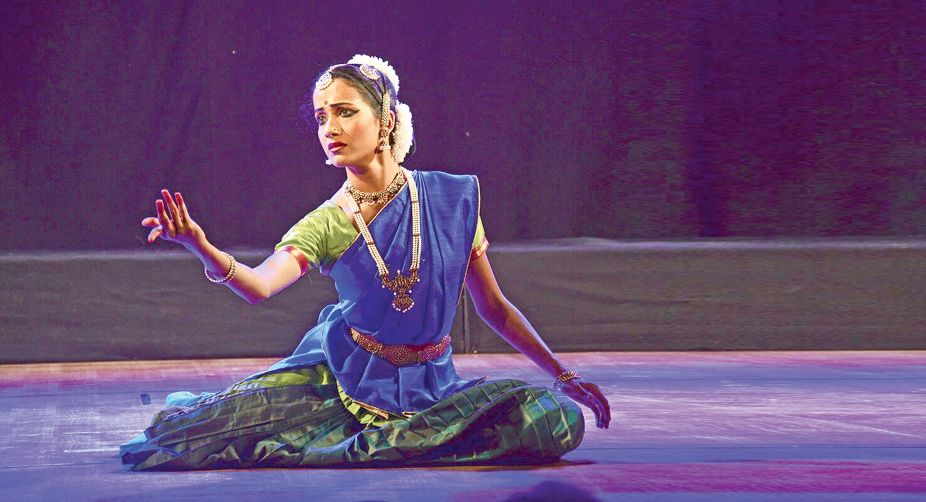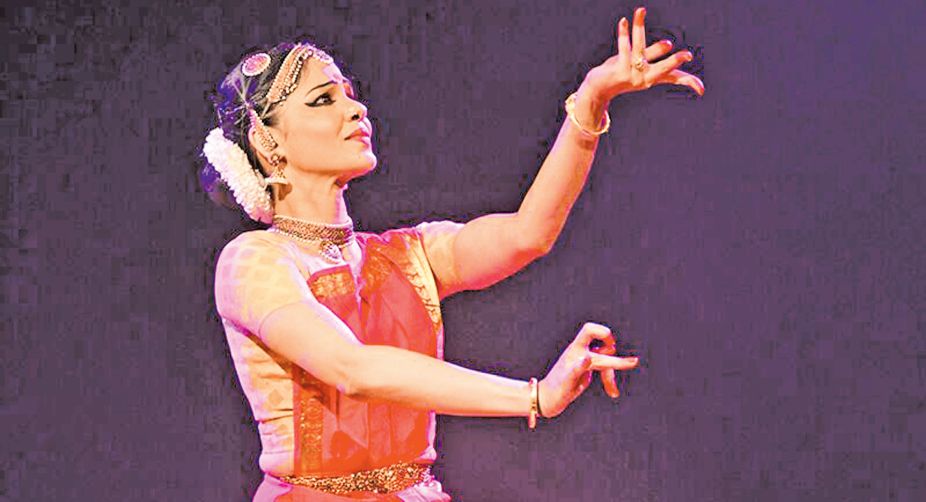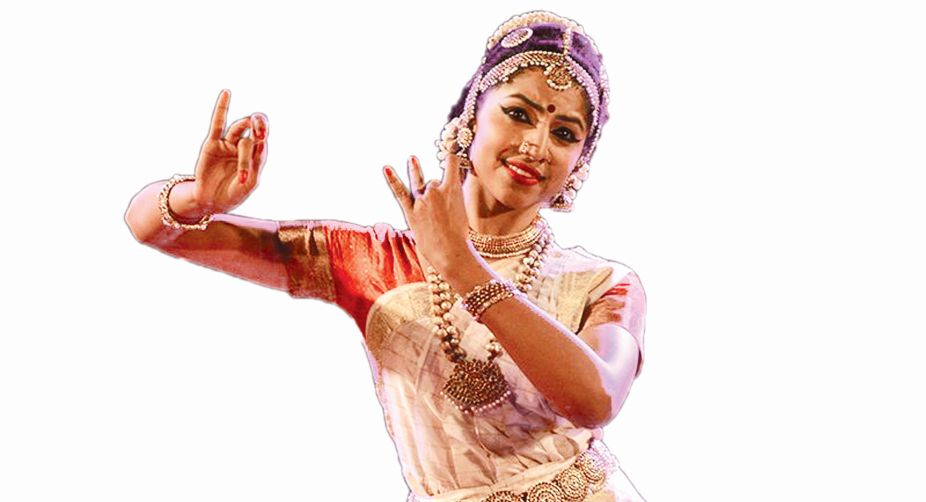District takes initiatives to uplift folk artists, preserve culture
The folk culture of Bengal is a vibrant tapestry of traditional art forms, rituals, music and dance.

Usha RK
Divya Trilogy conceptualised by Usha RK — a believer in “art for art, art for life and art for self” — was held on three consecutive days and showcased by Bharatiya Vidya Bhavan and Infosys Foundation.
It was a cultural outreach programme held at Sardar Mahadeo Balwant Natu Sabhagriha in Pune. It was a Sucheta Bhide Chapekar, founder of Kalavardini, presentation along with daughter Arundhati Patwardhan. Pune’s audience was remarkable as all three days had a jam-packed auditorium where people stayed put till the very end.
Advertisement

Right from start to finish, the topic was a first of its kind exploration in a realm that was not given much attention before. On the final day, Divya Pushpa or divine flowers were personified.
Advertisement
Particular flowers are identified with particular gods. Lyrics were chosen from existing texts, self-composed or written with the help of poets and scholars. The mnemonics chosen for each of the flowers suited the rhythm of the lyrics to give it aesthetic beauty.
We all know of Ganesha’s love for hibiscus but we associate jabaa or hibiscus with Goddess Kali. It was of little surprise that Tanya Saxena impersonating the hibiscus, whose bright red colour is comparable only to the Sun, should appear in a red-coloured costume, with the palm of her hand painted red.
The lyric described the sickle-holding goddess with the decapitated head of Raktabija asura along with all other attributes in a vividly narrated tale through the vocabulary of Bharatanatyam. The goddess who transcends “kaala” or time was shown with élan. A well defined Bharatanatyam syntax was used by this promising young dancer.

On the other hand, the parijata is associated with Vishnu, the creator. Matangi Prasanna described the popular narrative of Lord Krishna, Paarijaataapaharana, through the eyes of Satyabhama as the protagonist, to explore the role of parijata in the eternal love story of Krishna and Satyabhama. Throughout the piece, the never dying flower was used as a metaphor for Krishna.
Sringara or love feelings of Satyabhama for Krishna and feelings of doubt and rejection, sorrow and anger were emoted sensitively by Prasanna. Divya Parijata was given to Rukmini, which caused her heartbreak. The parijata tree was brought to her by Krishna.
The message that for love to be undying, it must be nurtured was suitably conveyed by the dancer through Satyabhama’s love for Krishna or parijata. Prasanna mastered the fine story-telling ability through flawless abhinaya and nritta.

Shankhapushpa or aparajita, which blossoms in a creeper plant, was enacted by Swaradha Bhave. According to Sri Aurobindo, the flower is part of Radha’s consciousness, who is the personification of the absolute love of the divine, total and integral in all parts of the being from the spiritual to the physical. Aparajita is one who “cannot be conquered”. The flower looks like a conch shell and hence its name.
The dancer expressed sensitively what Krishna is to Radha. Radha’s falling in love with Shankapushpa, because its colour is akin to Krishna’s complexion, was compelling.
There was vibrancy, grace and perfection in Navia Natarajan’s rendition of the lotus, which is associated with beauty, fertility, prosperity, spirituality, and eternity.

To express so much in such a short rendition called for a lot of research work and Nataranjan scored well on that count. She depicted Lakshmi seated atop a fully opened lotus flower — a symbol of transcendence and enlightenment.
The dancer’s obeisance to the lotus was an important message told through Bharatanatyam by an accomplished performer. Her sculpture-like friezes and nuances were the cynosure of all eyes.
The dancer drew parallels between the churning of the ocean and the deep churning that takes place within the soul. She also delved into the philosophy associated with the lotus within the human body.
She successfully attempted to explain what happens when a flower is totally devoted to the supreme lord and wishes to dedicate its life to him, transforming itself into a symbolic manifestation of the Lord.

The story of the Nagalinga Pushpa, a unique and stunningly beautiful flower that is associated with Lord Shiva, was told by the young dancer Rasika Kiran. She opened her performance with a description of the Nagalinga Pushpa, before proceeding to tell her story.
The story goes that the formless and limitless, without beginning or end, made Hari and Brahma curious. The dancer spoke in the body language of Hari as the boar. Then she was Brahma, a swan flying upwards into the sky, finding the linga unending in both directions.
Nagalinga Pushpa, performed by Kiran, reminded people of the phallic form of Shiva and devotees, who worship the Nagalinga flower itself, to reach the divine. The story, dance, costume told through confidence and stage presence made quite a mark on the audience. Young as she is, she seems to be one with great potential.
Advertisement